While getting in touch with the wild thrills many, especially city dwellers, you need to prepare every time out. Even though some creatures will be docile, others will act as aggressors. Snake bites happen with alarming frequency, and preparing for snake bite survival helps you know what to do if the situation arises.
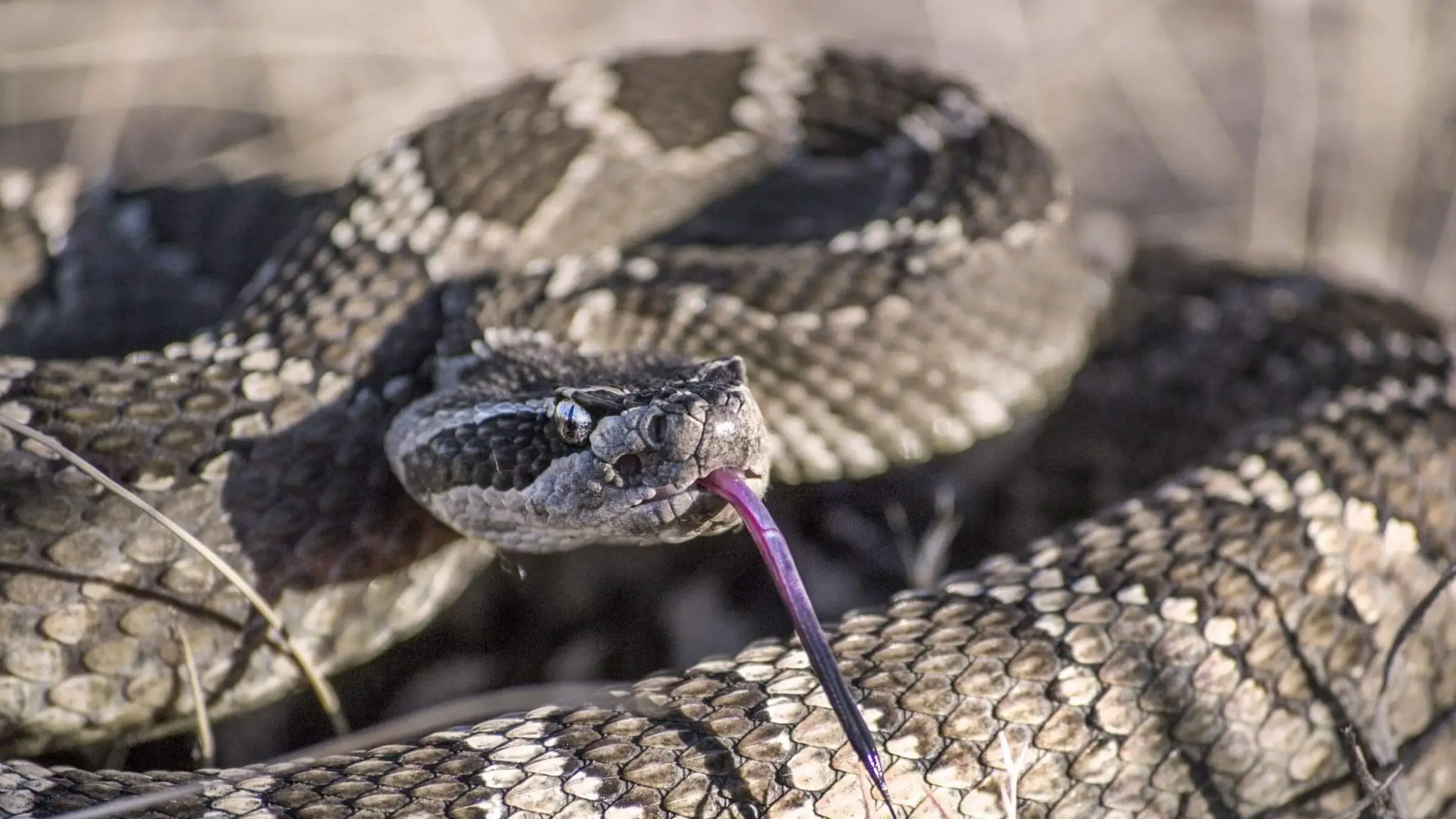
Of all the animals that you can come across in the wild, snakes are some of the most dangerous. Their small size coupled with their lethality makes them dangerous. If you are alert, you should spot a bear, but a snake can be right next to you, undetected.
But their stealth isn’t even the primary reason why snakes are so deadly; it is their venom. Snake venom can cause a host of injuries, from local irritation, to paralysis and even death. Today, we’re looking at some of the best advice for snake bite survival. We’ll also cover what not to do.
What to do to Survive a Snake Bite
After a snake bites you, there is a limited amount of time to receive care before the situation worsens. During this time period, experts recommend the following steps.
Remain Calm
The most critical thing that you can do when a snake bits you is to remain calm. This challenges anyone in such a dramatic situation, but it will help you survive. Panic will only end up making things worse. If you are not calm, it will be difficult to interact with emergency responders. However, there is also a more serious reason.
When a snake bites you, the venom enters your bloodstream. As it travels around your body, it begins to do damage. Panicking increases your heart rate, making the venom move around your body faster.
Call for Emergency Care and Describe the Snake
Of course, at the same time you are trying to keep yourself calm, you will want to call emergency services. If you are in an area with cell service, you can use your cell phone to arrange a rescue. Provide the responder with your GPS coordinates for a faster pickup.
If you don’t have a cell phone, use a satellite phone to contact first responders who can help you out. Should you find yourself in the unfortunate position where you have no means of contact, you should try and get yourself back to other people as soon as possible while exerting yourself to a minimum.
You will find that this stage of snake bite survival is one of the most critical ones. Every second that you waste waiting for rescue is another one that the venom can spread. When in contact with emergency services, you will also want to describe the snake to the best of your abilities.
If possible, take a picture of the snake, but don’t exert yourself to do so, as that will spread the venom further. Being able to describe or show what the snake looked like is integral because it will allow the doctors to choose the right antivenom for the job, though there are some that work for many snakes.
Consider what markings the snake had, its colors, the size of its head relative to its body, whether it had any distinguishing physical characteristics like a hood, and much more. Identifying the right snake may be a challenge, but even some hints as to what it looked like will be better than nothing.
Wound Management
Once you’ve called emergency services, you’ll have to wait, but there are a few things that you can do to improve your chances of survival. Don’t try to stop the snake bite from bleeding unless it’s spurting blood like an arterial wound, the anticoagulants in the venom will make it pointless.
If you have bandages available, place them over the wound. Don’t try to wash it as traces of venom might help to find the right antidote. For bites on arms and legs minimize the movement of the affected limb to reduce blood flow.
You’ll also want to keep an eye out for any signs of venom affecting you, including dizziness, vomiting, digestive problems, swelling and redness around the wound, and much more. A venomous bite is the kind that can end up resulting in more than just an infection but don’t panic when it sets in.
What Not to Do for Snake Bite Survival
Avoid the following “strategies” when you’re bitten by a snake. Doing them will only make matters worse and potentially increase the risk of infection. Here are a few things that you should steer clear from after being bitten:
Don’t Suck the Venom Out
Sucking the venom out of your wound is never a good idea. Bacteria from your mouth can enter it and cause an infection. Even if you don’t end up swallowing the venom, it can still end up absorbed through your mouth, so you won’t have changed much.
There are also many more things that you can do with your time rather than trying to suck the venom out, like tying off a limb to reduce (but not stop) circulation to it. If you have a pump suction device in a snake bite treatment kit, however, it may help with your wound.
Don’t Reduce Circulation the Wrong Way
While reducing circulation is often the right move, there are a few situations where it can make things worse. First off, a tourniquet would cut off all blood flow to a limb, and it may result in permanent damage from lack of blood flow, so you’ll want to avoid them.
Ice packs and other cold items should also be avoided when you are bitten by a snake. While your blood vessels constricting will reduce blood flow, it will also spread the venom around the surrounding tissues, resulting in much more acute damage to the area where it stops.
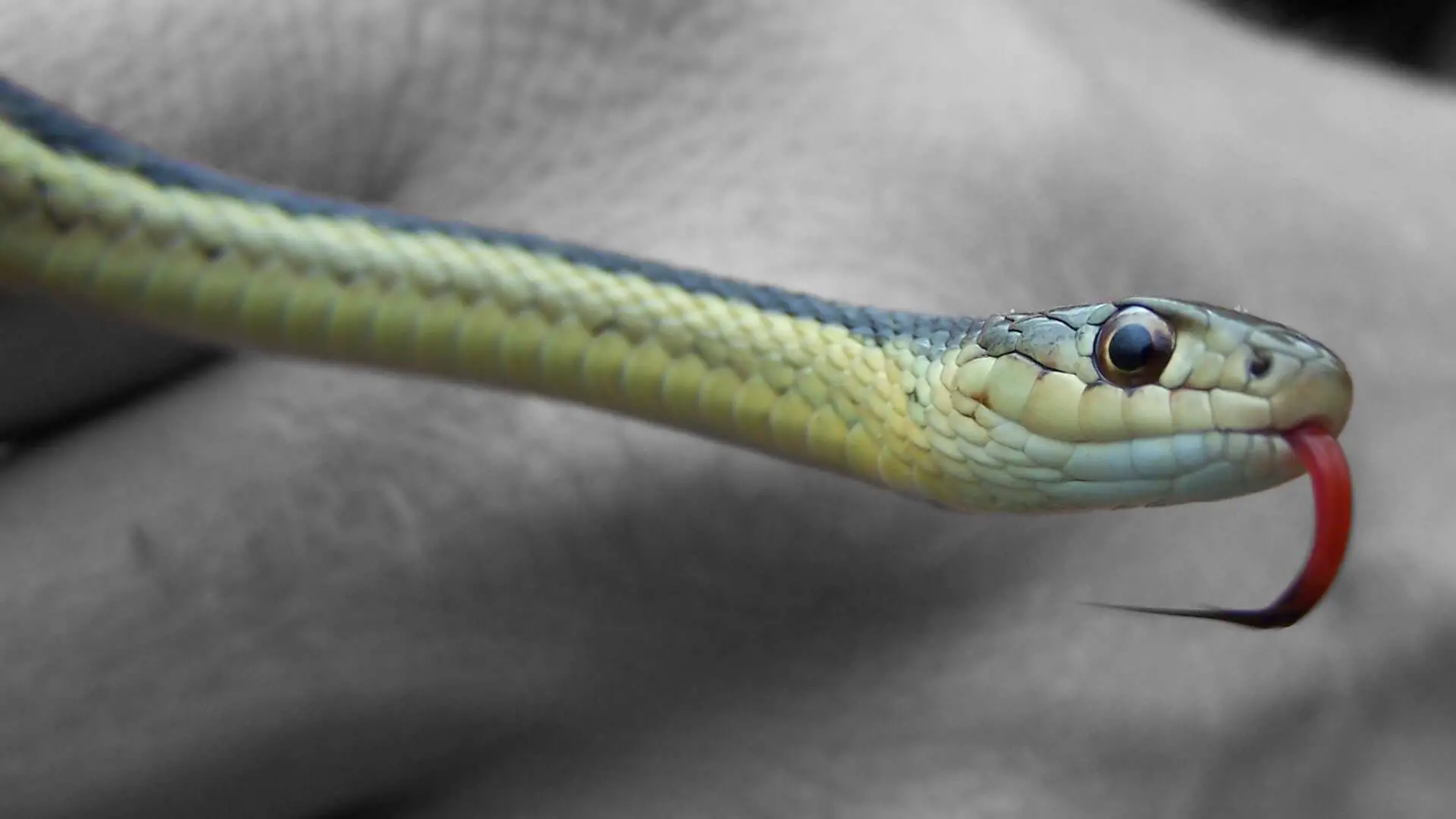
Conclusions on Snake Bite Survival
Now that you’ve read through our guide, you know everything that you should do (and what you shouldn’t) when you get bitten by a snake. If you’re worried about snake bites, then maybe a good pair of snake boots is the right choice. Either way, we hope that you enjoyed the article.

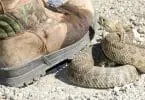
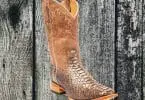
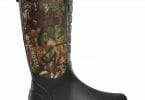
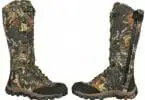
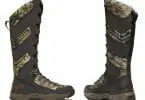
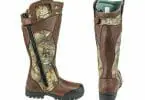
Leave a Comment